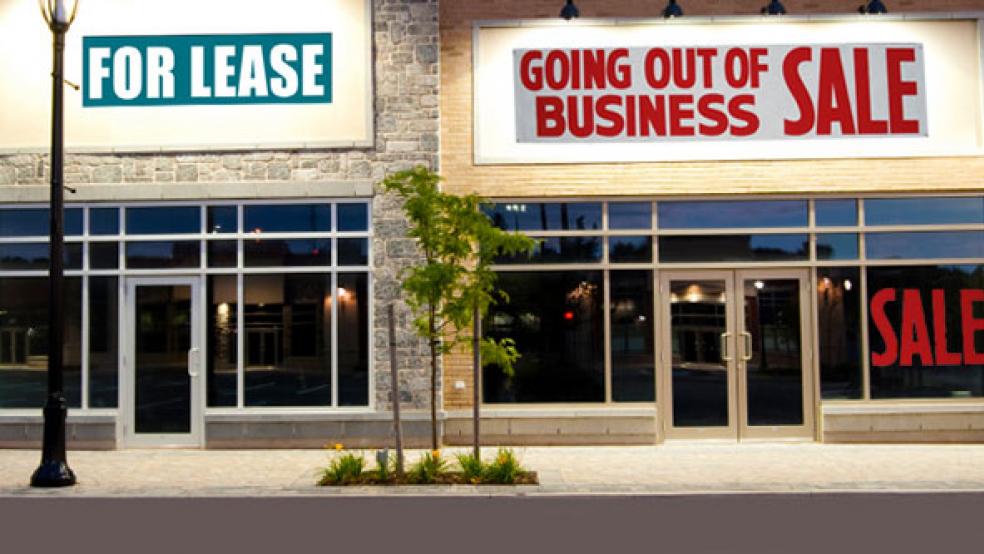Since the 2016 election, my social media feeds have been overtaken by Cassandras, darkly warning of the death of liberal democracy. But lately I’ve been thinking about a different collapse — not of the political system, but of a large swathe of our society. Over the past few weeks, a stream of data has revealed the desperation of an almost catatonic America, taking place outside of the dominant media corridors and conversations.
For example, according to the Centers for Disease Control (CDC), deaths in 2015 from heroin abuse surpassed deaths from gun homicides, an unprecedented phenomenon for a country seen as more addicted to its firearms. Total opioid deaths, including overdoses of prescription drugs like OxyContin and synthetic opiates like fentanyl, hit 33,092 last year. One-third of users of these drugs for more than two months report a physical dependency, which suggests that the mortality rate will rise.
Related: US Death Rate From Heroin and Opioid Abuse Rages Out of Control
Though opioid addiction has belatedly claimed headlines, painkillers aren’t the only medications Americans seek out. CDC numbers indicate that just as many died from alcohol-related causes in 2015 as from opioids; add drunk-driving deaths and the number more than doubles. Annual tobacco deaths still hover around half a million, dwarfing these other vices. Others abuse food. Ten percent of all U.S. deaths occur because of weight-related issues like heart disease, according to one research study. Still others actively court the sweet release of death: Suicide rates jumped to a 30-year high last year.
Add this all up and you get the incredible finding that life expectancy fell in 2015 for the first time since 1993 (the height of the AIDS crisis). In other words, we’re looking at something akin to a new plague. And it’s a localized plague, with deep impacts on middle-aged rural whites.
Ailments like cardiovascular disease and cancer are increasing significantly in Appalachia and the South, while dropping along the coasts. Suicides and alcohol and drug poisonings, the despair deaths, hit these communities hard. Death rates from drug overdoses are higher in rural areas now than urban ones, at odds with customary expectations. Babies are twice as likely to be born addicted to opioids in rural areas, thanks to a six-fold spike between 2004 and 2013. Rural foster care is skyrocketing amid the deaths of opioid-addicted parents. More broadly, lack of access to health care and neglect of healthy habits is killing these Americans at alarming rates.
Related: How West Virginia Became Ground Zero for the Opioid Epidemic
What is the source of this pain that has so many in small towns reaching for a needle or a bottle, dessert or a gun? One hypothesis is that poverty increases the stress load, which positively tracks with high blood pressure, obesity and other health problems. But beyond poverty, there’s the depression that accompanies a lower standard of living. If you were born in 1940, you had a 92 percent chance of making more money than your parents at an equivalent age, according to research from economist Raj Chetty. For someone born in 1980, that number is down to 50 percent.
The economic crisis in small towns, in other words, correlates with the public health crisis. Factory jobs that left after exposure to competition with China eliminated secure jobs paying decent wages for those without a college degree. The transition costs of this policy decision to de-industrialize were much larger than anticipated. Wages fell as replacement jobs paid less. Kids seeking opportunity moved out and those left behind became isolated in what felt like a pariah community. Locked-in inequality and a lack of hope leaves rural residents to rush to anything that could make them forget their plight. And the lack of social cohesion allows those with other axes to grind to broaden the blame to include pornography or video games or social media or the lack of bowling leagues or whatever else you like.
At this point pundits usually segue into whether this story about despair properly explains Donald Trump’s election. There’s plenty of evidence that communities following this profile did turn to Trump, and there’s evidence on the other side of the ledger, too.
Related: Trump’s Global Business Footprint Can Subvert US National Security
The point I want to make is: Who cares? The insistence on funneling every data point, every societal trend into an analysis of a presidential election is particularly pernicious when the data in question refer to how Americans are dying. It also prevents the necessary response to combat the plague, as every body blow heaped upon a community can be twisted to partisan advantage.
In simple terms, we have the capacity to live longer and with more prosperity than at any time in human history. Yet large populations have been denied that benefit, sinking into an alternative of addiction and self-loathing. To me it feels like a moment of national emergency, not a statistic to plot against a chart of the Electoral College.
There are no shortages of solutions to this crisis: better regional planning, for example, or reducing the trade deficit. What we’ve lacked entirely in the three decades or so since this trend began is any sense of urgency, or a comprehensive plan. Long-awaited measures to combat the opioid crisis, for instance, come with reductions in preventive care, which will have a deleterious effect on the same communities. The Trumpian bullying that led Carrier to save reputational face by keeping a several hundred manufacturing jobs in Indianapolis accompanied “investment” dollars that will be used to automate more jobs out of the factory. Rexnord, another Indiana firm that Trump “exposed” as an outsourcer with a tweet, still plans to move its ball-bearing plant to Mexico, because there’s nothing preventing it from doing so.
Related: Aging Baby Boomers Face a Serious Housing Problem
What isn’t often discussed is how this crisis of despair emerged at the behest of corporate America. Companies gleefully outsourced jobs to take advantage of lower costs of production. They endorsed the Walmart-ization of small-town America that crippled the vitality of countless Main Streets. And when this transformation left a gaping wound, they filled it with drugs.
Most opioid addictions begin with a doctor writing a prescription. Purdue Pharma, the manufacturer of Oxycontin, paid off middlemen to prevent any curtailing of the flow of their product. Insys Therapeutics manufactured the synthetic opioid fentanyl; six of its executives were recently indicted in a scheme to overprescribe it. Over a six-year period, 9 million hydrocodone pills were shipped to a town in West Virginia with just 392 residents.
My point is this: We let concentrated corporate power suck the hope out of large portions of the country. I believe these forces need to be fought. Current politics will make that difficult — but it’s not impossible. And the fight has to begin with a clear sense of who’s responsible for this crisis.






